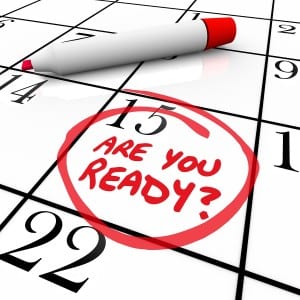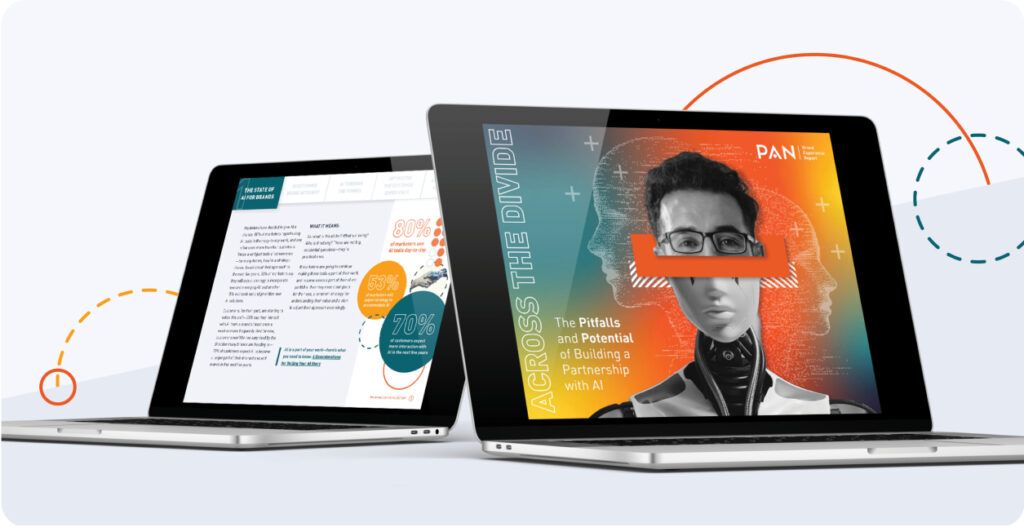As a PR or Marketing professional securing a media briefing is an ongoing priority. Briefings are crucial and speaking with editors provides the opportunity for a company to garner coverage and be seen as an industry leader and recognized in their space. The first part for your PR team will be diligently researching and determining which editors will be most interested in talking with your company based on what the editor covers and the publication it will be featured in. Then comes the initial outreach and the continued follow-ups until you finally get that long awaited answer via e-mail or phone that says “ Yes, that sounds great when can we set up a time to chat?” that is a hallelujah moment!
Once you or your PR agency has secured a media briefing the next step is to prepare for it. There are a few critical things that must be done prior to a briefing to ensure that things go smoothly and a positive relationship is maintained.

5 Tips for Prepping for Your Media Briefing
1. Research: Research the editor! If your PR agency hasn’t done so already create yourself a briefing sheet that provides a little more insight on who the person you will be speaking with is. What is their title? What is the reach of the publication that the article will be featured in? Are there any important details that need to be noted? Do as much research as you can to alleviate any confusion and keep the briefing running as smoothly as possible.
2. Anticipate Questions: Throughout a media briefing there should be consistent dialogue. Therefore, knowing the topic that is going to be discussed try to anticipate any questions that may be asked so you have the answer ready and can elaborate from there. Being prepared is extremely important.
3. Be Familiar with their Latest Articles: Editors are real people and they like to know that you have taken the time to read previous articles that they have posted. It’s a great way to demonstrate that you took the initiative to read something that they wrote and it can serve as a great talking point.
4. Know What You Can and Can’t Say: This might be one of the biggest factors when preparing for a briefing. There really is no such thing as “off the record” so it is crucial that you are educated on what can be discussed on the call. Plus – it will help bring the focus of the talking points on what really matters.
5. Be Confident: The final piece is to be confident. Media briefings can be intimidating but just remember if you are properly prepared the briefing itself is the fun part! It’s your chance to starting building a relationship with an editor in your industry –so make it count! You’ll also get to see all of your hard work paid off when you see that great piece of coverage.
After a media briefing has ended it’s important to know that you’re job isn’t over yet. Follow-up with the editor thanking them for their time and providing any additional information they need in a timely manner. It’s also important to follow through with any third party or customer briefings that the editor will need. Maintaining the relationship is just as important as creating it, you can learn more about that here. Follow these simple steps and make way for an excellent media briefing that could even help garner some follow-up briefings in the future. Happy briefing!
Interested in learning more about integrated marketing and PR? Discover the following:


